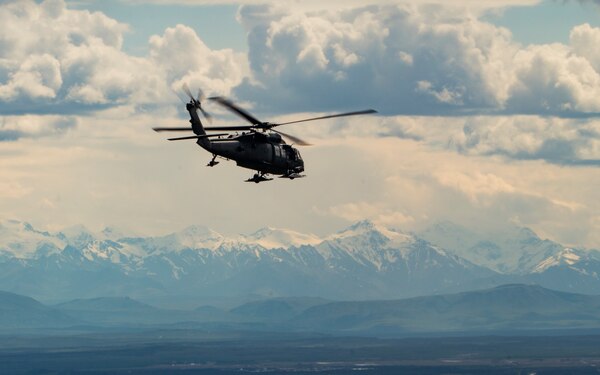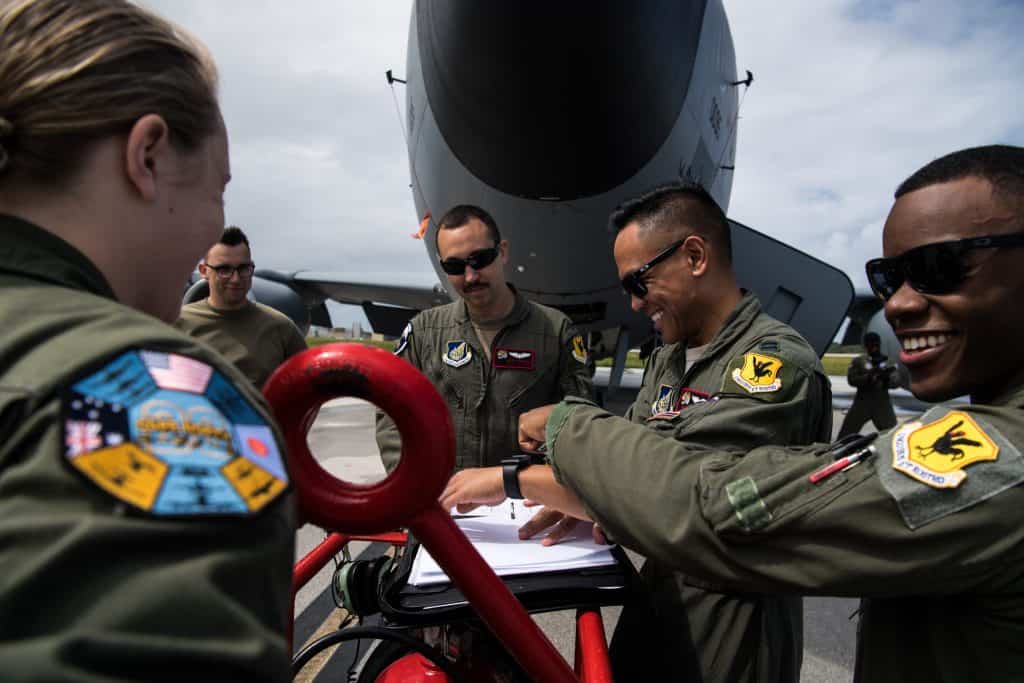A Day in the Life

You know, many people consider "A Day in the Life" to be The Beatles greatest work? I, personally, struggle to agree with that... Don't get me wrong! It's got some GREAT moments. Some of the most vintage Beatles-moments ever put to record, frankly. But I think that the song, at times, can seem a bit scattered, sometimes overwhelming and even, occasionally, downright melancholy. But the combination of all of its elements has convinced a good many people - most of whom arguably understand music better than I - that it is truly "the Fab Four's" magnum opus.
In this way, it is a stunningly accurate metaphor for a life in Army Aviation. New aviators leave Flight School with a fire in their belly and an excitement that's bordering on mania. They report to their new units hungry to learn, grow and get better. And then...over time...people have bad days. Maybe bad weeks. Even bad months. Their flying is off, they're distracted, maybe they have an in-flight incident that scares the crap out of them, or the NON-flying part of their job is weighing on them...
And they are reminded that this is a real job that occurs in conjunction with real life. Becoming a pilot in the Army was not, in fact, the triumphant conclusion that brings the audience to its feet. Rather, it was a (albeit very exciting) prelude to the actual story. A pre-intermission scene. Once the popcorn's been purchased and the people are back in their seats, there's a whole new movie to watch with new characters, new crises, new climaxes and the actual resolution can be decades down the road.
This discourages some. Demotivates them. But for those who dig in, don't give up on the day-to-day and work hard to become the best officers and aviators they can be...it's nirvana. Much like "A Day in the Life," it all strings together to become a magnum opus. A triumph. Regardless of whether they're in for 10 or 30 years.
Now let's talk an Army Aviator's "Day in the Life."
Table of Contents
Commonalities
First and foremost among the commonalities is that both Active Duty and Guard/Reserve pilots have the same annual training requirements. I've mentioned this before, but it's worth repeating, because it comes as a shock to some. Electing to be in the Guard/Reserves does not, in fact, give you a hall pass to get out of becoming a proficient, highly-capable aviator. You can't just coast. There's just as much expected of you as your Active Duty comrades.

The post-Readiness Level (RL) progression goals of each aviator should, thus, also mirror one another regardless of component. Once an aviator has attained RL1, they should strive to become proficient enough to be able to become a Pilot-in-Command (PC). This is true whether a pilot is a RLO or a WO. The PC-progression program can vary widely as it is unit-driven, but generally speaking, a pilot will need to prove proficiency in both technical and tactical operation of the aircraft under varying conditions. PCs, ultimately, are the primary trainers in a unit (the Army is currently re-structuring slightly and creating "Unit Trainer/Evaluators," but we won't dive into that here).
Active Duty units will almost always allow this to happen sooner than Guard/Reserve units. This is because they will generally have a younger, less-experienced group of pilots than the part-timers and, thus, need the PCs. Simply put, Guard/Reserve units hang on to their pilots. Active Duty pilots, in contrast, will move from unit-to-unit, duty station-to-duty station.
Warrants

The lives of Active and Guard/Reserve WOs are remarkably similar. Excepting, of course, that the latter have a fraction of the time to complete their required training, both flight- and non-flight-related. But Warrants Army-wide will almost immediately go into a Line Company upon arrival at their units to begin their metamorphosis into an Expert of Flight. This is their purpose. This is their reason.
Upon completion of RL Progression, they will be given an "additional duty." This is the job that takes their time when they aren't flying and, most often, allows a lot of time for aircraft/aviation study, mission planning, etc. Some additional duties are: Unit Hazardous Material Officer, Supply Officer (a time-consuming venture that should be considered a compliment), Aviation Life Support Equipment Officer (maintains, helmets, flight vests, etc.) and "Fridge-Fund" Officer (the person that keeps the fridge well-stocked - a low effort, SUPER high-reward job for the WO that does it well), to name a few.
The young Warrants' primary objective week-in and week-out is to get on that flight schedule and go get those repetitions. Those that prove their ability to adeptly manage the requirements of their additional duty and their flying will be the quickest to make PC and get a track.
RLOs
As I alluded to several weeks ago, post-RL progression flying for RLOs has to be a close-second in priority. We'll call it "1b." This is because a RLO has to learn a lot to do their non-flying job well and that non-flying job takes a lot of time. Whether on Battalion (BN) or Brigade (BDE) staff, or acting as a Platoon Leader (PL), the RLO is responsible for a lot of people, equipment, information, planning products, maintenance, etc.
But I specifically called it "1b" to ensure that you understand: it's NOT "Priority #2." It's definitely 1b. A young LT has to work hard to ensure they are in the books and getting in the aircraft as often as they can to become a proficient aviator. It's a tough balancing-act, but it's the one you elected when you decided to become a RLO.

Again, a majority of a new RLO's time is going to go to their non-flying job. As a LT, it's not a large majority, but a majority nonetheless. The higher one climbs in rank, the larger that majority becomes. I've said it before...the path of the RLO is NOT to become the best, most experiences, highest-hour pilot. It's to become a really freaking good pilot while setting conditions for your Warrants to become the best, most experienced, highest-hour pilots.







